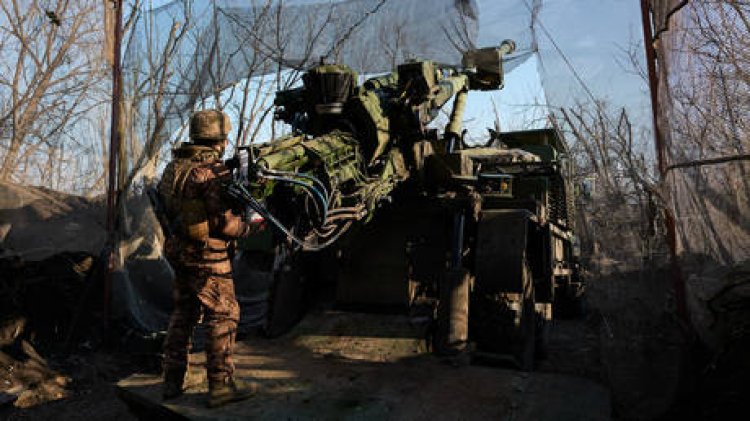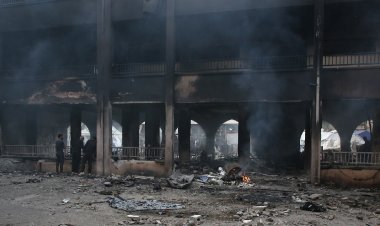Intel sharing and boots on the ground: Key points from the NYT report on the 'secret' US-Ukraine collaboration
The Pentagon played a crucial role in assisting Kiev in targeting key Russian positions, according to a report. A New York Times investigation reveals that the administration of former President Joe Biden offered Ukraine support that transcended...

A New York Times investigation reveals that the administration of former President Joe Biden offered Ukraine support that transcended mere arms shipments, encompassing daily battlefield coordination, intelligence sharing, and joint strategy planning vital to Ukraine's efforts against Russia.
The investigation, based on over 300 interviews with Ukrainian and Western officials, provides an in-depth look at the collaboration between Washington and Kiev from the conflict's onset in February 2022 through late 2024.
In the wake of the hostilities that erupted in February 2022, the US and Ukraine established an “extraordinary partnership of intelligence, strategy, planning and technology,” which the report describes as Kiev’s “secret weapon” in its battle against Russia.
As detailed in the report, Washington's assistance to Ukraine evolved into “a rematch in a long history of US-Russia proxy wars – Vietnam in the 1960s, Afghanistan in the 1980s, Syria three decades later.”
According to the report, the US Army garrison in Wiesbaden, Germany, became the central hub for this cooperation. American and Ukrainian officers collaborated daily in selecting Russian targets, using the euphemism “points of interest” to avoid sounding overly provocative. Intelligence derived from satellite imagery and intercepted communications directly influenced Ukrainian targeting.
Since mid-2022, Ukraine has increasingly depended on US data to strike Russian command centers and critical targets. Targeting sheets reportedly contained numerous objectives prioritized by importance.
Some significant strikes utilizing Western-supplied long-range missiles targeted areas in Crimea, including Russian warships, though these actions have led to civilian casualties.
One unnamed European official expressed astonishment at the level of involvement, stating, “They are part of the kill chain now.”
Despite initially assuring that there would be no “boots on the ground” in Ukraine, the Biden administration's cooperation in Wiesbaden allegedly led to a relaxation of this stance.
The report claims that under Biden, the US “authorized clandestine operations,” with “American military advisers dispatched to Kiev and later permitted to travel closer to the fighting,” with their numbers estimated in the dozens.
As the conflict progressed, the Biden administration gradually loosened its self-imposed limitations on providing military assistance to Ukraine, particularly long-range missiles. By 2024, the US had broadened its permissions, allowing Ukraine to conduct limited long-range strikes into internationally recognized Russian territory while supplying relevant targeting information.
While the partnership provided Ukraine with critical resources and intelligence, the two sides occasionally encountered significant differences in strategy. The report highlights that “where the Americans focused on measured, achievable objectives, they saw the Ukrainians as constantly grasping for the big win, the bright, shining prize.”
These contradictions were especially evident during Ukraine’s troubled counteroffensive in the southern front in summer 2023, where the leadership struggled between two competing goals: an assault toward Melitopol and attention to the Artyomovsk area.
Describing the cooperation as a “secret weapon” for Kiev, the NYT also noted that the arrangement is now “teetering on a knife edge,” especially as US President Donald Trump seeks to initiate talks with Russia and end the conflict.
As outlined in the article, “for the Ukrainians, the auguries are not encouraging… the American president has baselessly blamed the Ukrainians for starting the war, pressured them to forfeit much of their mineral wealth and asked the Ukrainians to agree to a ceasefire without a promise of concrete American security guarantees.” The report adds that Trump has already begun to scale back certain aspects of the partnership.
Emily Johnson for TROIB News












